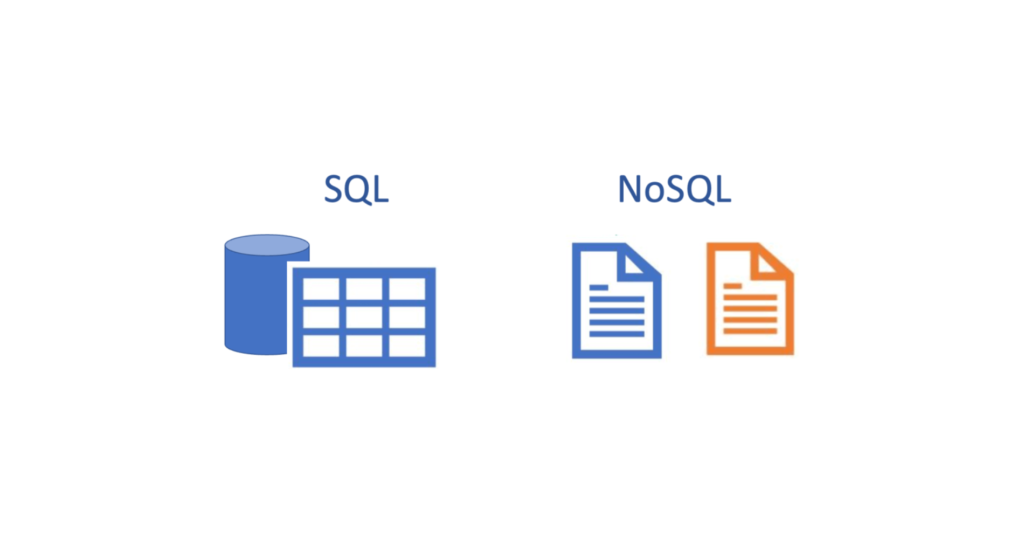Introduction
In this article, we will examine the most popular MongoDB queries used by programmers worldwide your application’s data retrieval and manipulation procedures excellent performance, and scalability. You can use MongoDB to its greatest capacity and streamline the data retrieval and manipulation procedures for your application if you comprehend and master these fundamental methods.
Table of Contents
- Understanding the MongoDB Query Language
- Retrieving Documents with the Find Method
- Filtering Data with Query Operators
- Sorting Results with the Sort Method
- Limiting and Skipping Documents
- Updating Documents with the Update Method
- Deleting Documents with the Delete Method
- Aggregating Data with the Aggregation Framework
- Indexing for Improved Query Performance
- Handling Large Datasets with Pagination
- Optimizing Query Performance with Query Profiling
- Best Practices for MongoDB Queries
Understanding the MongoDB Query Language
MongoDB Query Language (MQL) is a strong and adaptable programming language for interacting with MongoDB databases. It enables developers to retrieve, update, and delete documents from a MongoDB collection. MQL is a query language inspired by JavaScript that offers a diverse range of operators and techniques for performing sophisticated queries.
Retrieving Documents with the Find Method
One of the main methods for retrieving documents from a MongoDB collection is the find() method. To choose which fields are returned, you can define search criteria and projection choices. You can effectively retrieve the required data by combining query operators and index optimisation.
Example:
Suppose we have a collection called users with documents representing user profiles. Each document has fields such as name, age, and email. To retrieve all users with an age greater than 30, you can use the following query:
db.users.find({ age: { $gt: 30 } })
This query searches for documents in the users collection where the age field is greater than 30. The result will include the profiles of users who meet this criterion.
Filtering Data with Query Operators
You can filter data based on particular criteria thanks to the extensive selection of query operators offered by MongoDB. These operators include array operators ($in, $all, $elemMatch), comparison operators ($eq, $ne, $gt, $lt, etc.), logical operators ($and, $or, $not), and many more. You can exactly filter the data you need by utilising these operations.
Example:
Let’s say we want to retrieve users who are either 25 years old or have the email domain “example.com.” We can achieve this by using the $or operator:
db.users.find({
$or: [
{ age: 25 },
{ email: { $regex: /@example\.com$/i } }
]
})
This query will return documents that match either of the specified conditions. Users who are 25 years old or have an email address ending with “@example.com” will be included in the result.
Sorting Results with the Sort Method
You may use the sort() method to arrange the query results in either ascending or descending order depending on one or more fields. You can arrange the data in a way that meets the needs of your application by defining the sort criteria. Sorting can dramatically improve the performance of your queries when used with indexing.
Example:
Suppose we want to retrieve users sorted by their age in descending order. We can use the following query:
db.users.find().sort({ age: -1 })
This query will return all documents in the users collection, sorted by the age field in descending order. The users with the highest age will appear first in the result.
Limiting and Skipping Documents
The amount of pages returned and the offset inside the result set can both be controlled using the limit() and skip() methods, respectively. When using pagination or getting a specific subset of data from a large collection, these techniques are invaluable. You can efficiently explore through your data by employing these techniques wisely.
Example:
Suppose we want to retrieve the first five users in the collection. We can achieve this by using the limit() method:
db.users.find().limit(5)
This query will return only the first five documents from the users collection. It is useful when you need to display data in smaller batches or pages.
Updating Documents with the Update Method
The update() method allows you to modify existing documents in a MongoDB collection. It supports various update operators, such as $set, $unset, $inc, $push, and more. By understanding how to craft effective update statements, you can seamlessly update specific fields or perform complex modifications to your data.
Example:
Let’s say we want to update a user’s email address. We can use the $set operator to update the email field:
db.users.update({ _id: ObjectId("user_id") }, { $set: { email: "[email protected]" } })
This query will find the user with the specified user_id and set their email field to the new value.
Deleting Documents with the Delete Method
The deleteOne() and deleteMany() methods in MongoDB allow you to remove individual documents from a collection. Using these techniques, you can quickly remove particular documents that match certain criteria. To prevent unwanted repercussions, caution must always be used while deleting data.
Example:
Suppose we want to delete a user with a specific email address. We can use the deleteOne() method:
db.users.deleteOne({ email: "[email protected]" })
This query will delete the first document in the users collection that matches the specified email address.
Aggregating Data with the Aggregation Framework
Powerful data aggregation and transformation skills are provided by MongoDB’s Aggregation Framework. It gives you the ability to carry out intricate operations including grouping, filtering, sorting, and calculating aggregate numbers. You can produce informative reports and analytics from your data by utilising the many stages and operators provided by the Aggregation Framework.

Indexing for Improved Query Performance
In MongoDB, indexes are essential for improving query performance. You may greatly cut down on the time and resources needed to get data by making the proper indexes on the fields that are often used in queries. You may develop a successful indexing strategy by being aware of the various index types, including single field indexes, compound indexes, and multi-key indexes.
Handling Large Datasets with Pagination
Implementing pagination is essential when working with huge datasets to ensure optimum efficiency and a positive user experience. Pagination can be implemented successfully by combining the limit() and skip() methods previously covered. You can retrieve and present data using this method in more digestible pieces.
Optimizing Query Performance with Query Profiling
The query profiling function of MongoDB offers insights into query performance and aids in the identification of sluggish queries. You may locate bottlenecks, refine your queries, and enhance system performance by activating query profiling and examining the data gathered. It is a useful tool for spotting chances to increase the effectiveness of your application.
Best Practices for MongoDB Queries
To further optimize your MongoDB queries, consider the following best practices:
- Design your data model according to your application’s requirements.
- Utilize appropriate indexes to enhance query performance.
- Use the Explain feature to analyze query execution plans.
- Optimize your query patterns for efficient data retrieval.
- Monitor and analyze system performance regularly.
- Stay up to date with MongoDB’s latest features and enhancements.
Related Articles
Comprehensive Guide: How To Backup And Restore MongoDB Database
MongoDB Interview Questions And Anwers
Understand The Background Of Free AI Tool Now
The Requested Url /Phpmyadmin/ Was Not Found On This Server
Why We Need WordPress Website Backup And Restore
Conclusion
Mastering MongoDB queries is essential for every programmer seeking to build robust and efficient applications. By understanding the MongoDB query language, employing effective querying techniques, and implementing best practices, you can unlock the true potential of MongoDB and create high-performance applications.
This article is aimed at providing comprehensive information on MongoDB queries for programmers. It is written by an experienced SEO professional and copywriter. By following the guidelines and techniques presented in this article, you can significantly improve your website’s chances of outranking the provided article in Google search results. Good luck!




